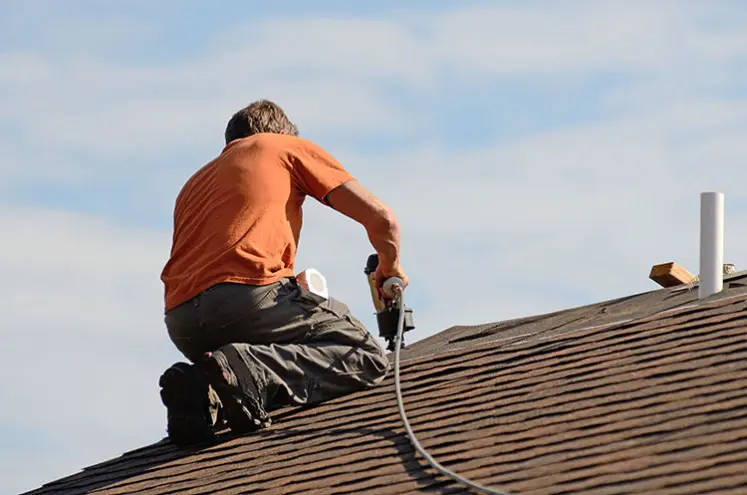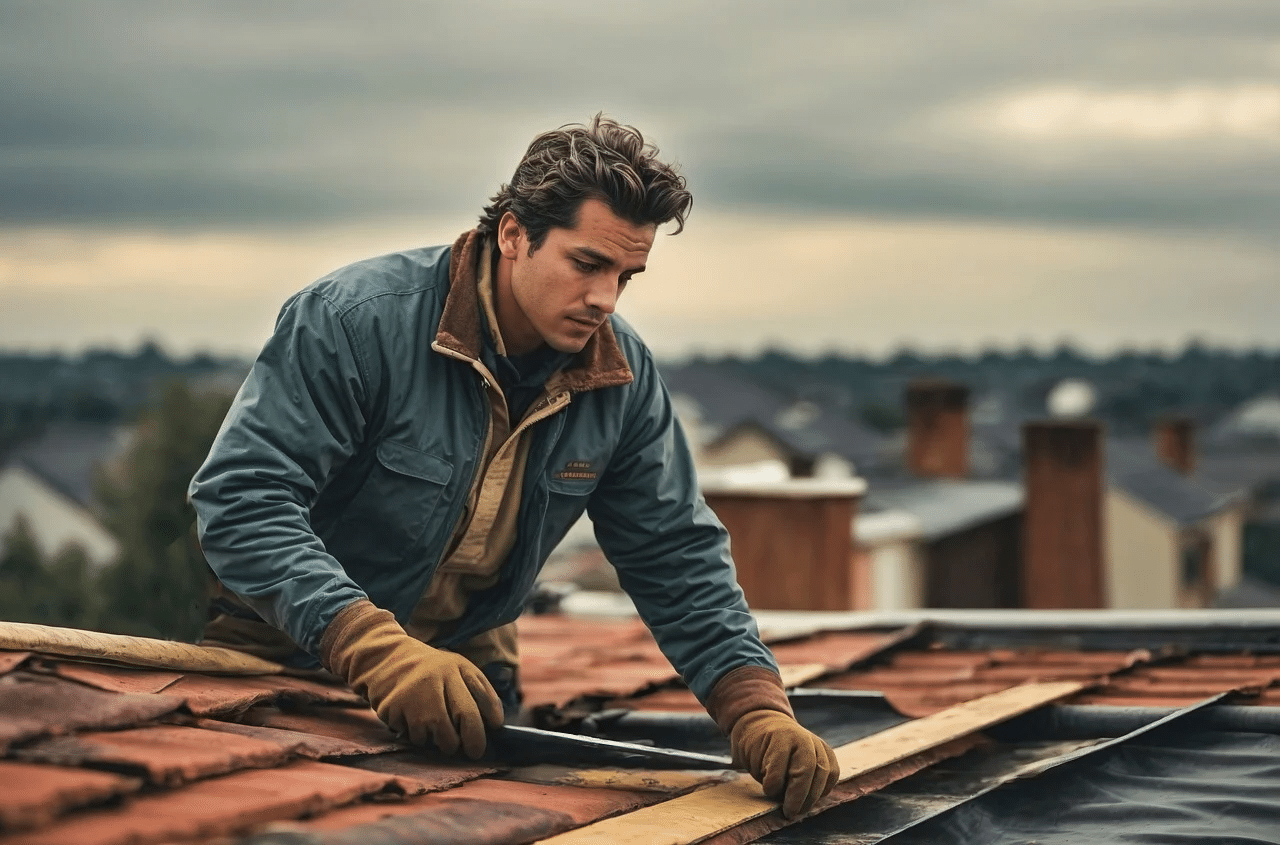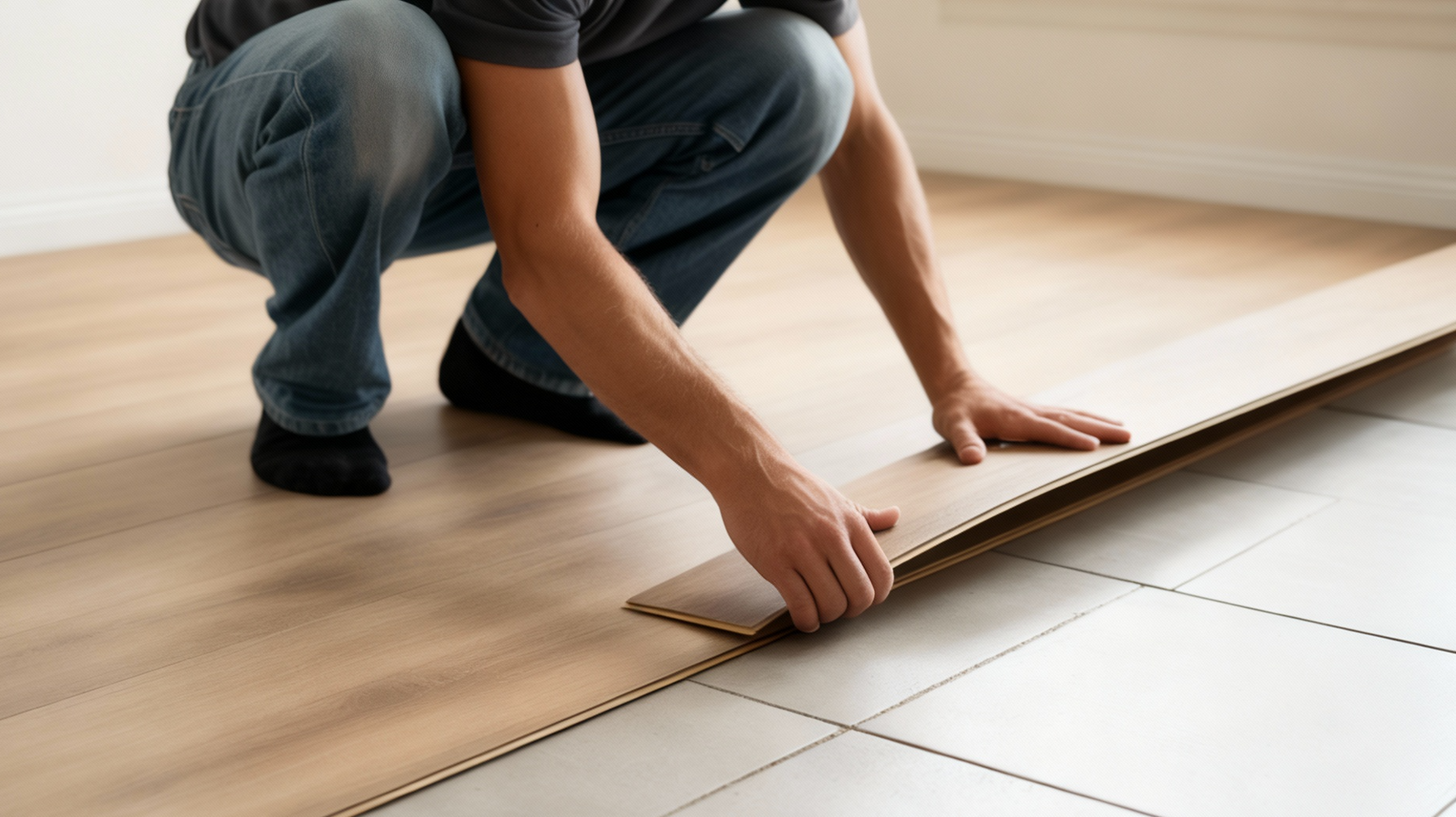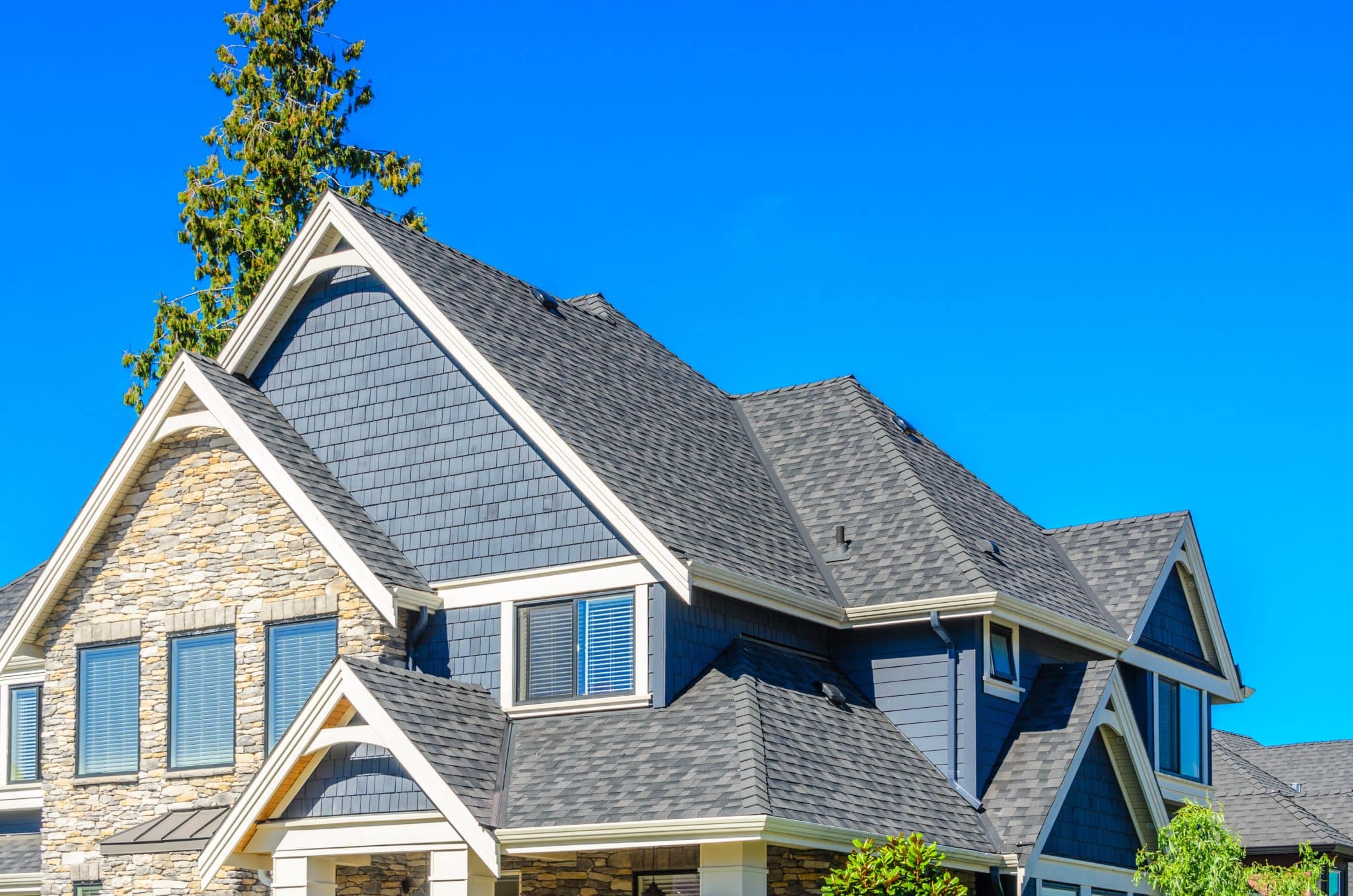How to Protect Your Property From Hail Damage
Hailstorms are quite common in the nation, with the most states affected being Nebraska, Wyoming, and Colorado. The regions where these states meet have seven to nine hail days yearly.
The average size of the hail received in these places in severe conditions ranges between 1 and 1.75 inches in diameter. In fact, the diameter of the largest hail to fall in the United States was 8 inches.
Unlike sleets, hail can do more damage to your properties; in fact, the number of hail events increased from 4,436 in 2022 to over 6,962 events in 2023. On top of that, predicting where and when they will fall can be difficult, so you should always be prepared. Here are some key ways to protect your home from hailstorm damage.
Install Impact Resistant Roof

The roof is the highest point on your residence, so it can take the brunt of a hailstorm. Shingles are durable, but they can be affected by hailstorms. Homeowners who have installed shingles should expect the following hailstorm damages.
- Missing shingles
- Dents
- Split shingles
- Dark spots on the places that were hit with huge hail
- Missing granules on some parts of the roof
You may have to contract a roofing contractor to inspect and repair the damages. However, if the roof is beyond repair or you plan to upgrade, consider impact-resistant roofing materials. These roofs can withstand sleep, hailstorms, and wind.
Impact-resistant roofs can be costly, but they can protect your home from unexpected hailstorm damage. Before upgrading your roof, you should check how your insurance provider can assist. Some insurance firms offer various incentives, including a discount, which can be useful when installing impact-resistant roofs.
Take Better Care of Your Windows
The second most affected part of your home is your windows, which huge ice balls can shutter. To minimize hailstorm damage, you can install protective window shutters on the outside. You can roll these shutters before the hail starts falling and protect your windows. Ensure you also close the shades and blinds inside to protect your family members from broken glasses.
Homeowners should also consider installing impact-resistant windows. This impact upgrade can protect your home from strong wind blowing at a speed of over 170mph. They can withstand the impact of debris thrown by hurricanes, so you should expect them to protect your home from over an inch-thick iceball.
SecureYour Patio and Outdoor Furniture
Patio furniture can be costly, so the last thing any homeowner wants is for them to get damaged by hailstorms. You should secure all the planters, trampolines, and outdoor furniture. If you don’t have a closed patio, consider moving them inside or in the garage until the hailstorm passes.
Avoid moving them indoors at the last minute, as they can get damaged, or you can hurt yourself in the process. If the furniture is too bulky and hard to move, you can keep all the fragile things beneath it during the hailstorm seasons. This will guarantee that your properties will be safe, leaving you more time to protect your family.
Invest in Property Insurance
Besides the above measures, you can get insurance coverage against hail. Various practical steps to minimize damages can come in handy, and to be on the safe side, you should consider getting homeowner insurance that covers hail damages. This policy will give you peace of mind, especially if you live in places that receive the most hail.
Generally, hailstorms are covered by normal property insurance, but your current insurance may have deductibles for the hail damages. On the other hand, some policies come with hail storms and wind exclusion. This is common among insurers covering properties in hailstorm-prone cities. Insurance companies tend to limit hail or wind coverage or remove it altogether.
Before investing in any policy, you should find out if it covers the damage to your personal property and your home’s structure caused by hail and wind. If a part of your residence’s structure is damaged, the right policy can cover the damages up to its limits minus the deductibles. People living in cities with more prevalent hails may have to pay a higher and separate property policy deductible.
The personal property coverage in your homeowner policy will cater to the replacement or repair of your damaged belongings. Unfortunately, this doesn’t include your vehicle, which your car insurance covers.
Endnote
The above measures can minimize hailstorm damages, and you will be compensated with an insurance policy. Most importantly, make sure you do your routine backyard maintenance. Trimming trees can protect your home from hail and high wind damage.
Remember, unkempt tree limbs near the house have a higher likelihood of causing more damage; they can crack and fall on your property. Since predicting when hail will fall is challenging, you should always repair your roofs, as hailstorms can worsen existing damage. You should also schedule a roof inspection after the hailstorm ends and have any damages repaired.







